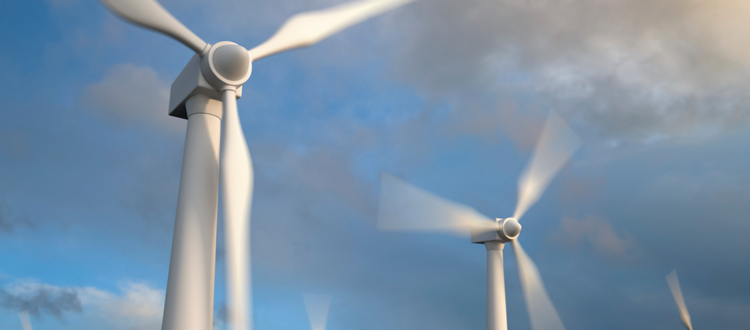Wind Energy 101: How Wind Power Works
Introduction to Wind Power: Basic Wind Energy Information
As deregulation is making it possible to choose your own energy, you may be researching the different types of energy available to you. Traditionally, you’ve only been able to purchase whatever your utility company chooses, which often includes fossil fuel energy or nuclear power.
Now, though, you have many more options, including a number of renewable energy sources: solar power, hydropower, biomass energy, and wind energy. While each of these has its benefits, we’re going to focus on wind energy for the time being.
Below, you’ll find all the information you need to know to start understanding what exactly wind energy is, how it’s produced, and why it’s superior to some of the other forms of energy available to you.
What is wind energy?
Wind energy is a type of renewable energy (also known as clean energy, green energy, or alternative energy) that has been used for hundreds of years. In its earliest forms, people used windmills to pump water, grind grain, and perform other farming jobs. Now, thanks to advances in technology, wind turbines are able to produce electricity on a large scale.
What is a wind turbine, and how does it work?
A wind turbine is typically composed of a steel tower and three blades. When wind passes by a turbine, the blades are able to capture the energy and start rotating. When this happens, the turbine’s internal components are activated, sending the energy through the different parts, allowing for the production of electricity.
How does wind energy get from the turbine to my house?
For commercial use, wind turbines are placed throughout a plot of land called a wind farm. All of the turbines are connected to each other and to the main power grid. When the wind energy makes its way to the power grid, your utility company harnesses it and sends it through various power lines and to your home.
What are the advantages of wind energy?
First and foremost, wind energy is clean. Unlike fossil fuels or nuclear power plants, wind energy doesn’t produce any greenhouse gases or harmful emissions. Secondly, it’s a sustainable resource. As long as we have wind blowing, we’re never going to run out of wind power. Plus, unlike fossil fuels, which rely heavily on foreign oil, we have everything we need in the U.S. to create wind energy. By continuing to use wind energy, we’ll be able to create thousands of jobs each year and strengthen our economy.
Need more information on wind energy?
We hope you have a better understanding of what wind energy is, how it works, and why its creation is so important to our country. Now, you can be empowered to make the choice to support green energy.
If you have any follow-up questions or would like more information on wind energy (or other sources of renewable energy), feel free to contact us. Our team is always available to discuss your options for renewable energy! We’re happy to be your partners in the renewable energy movement.

